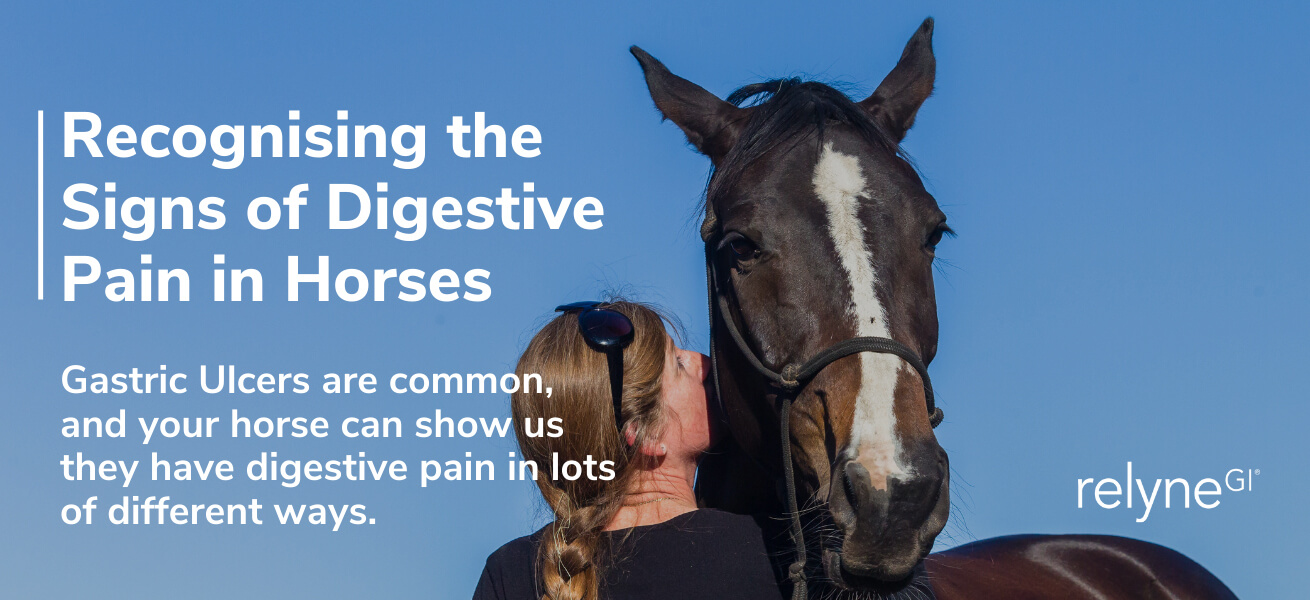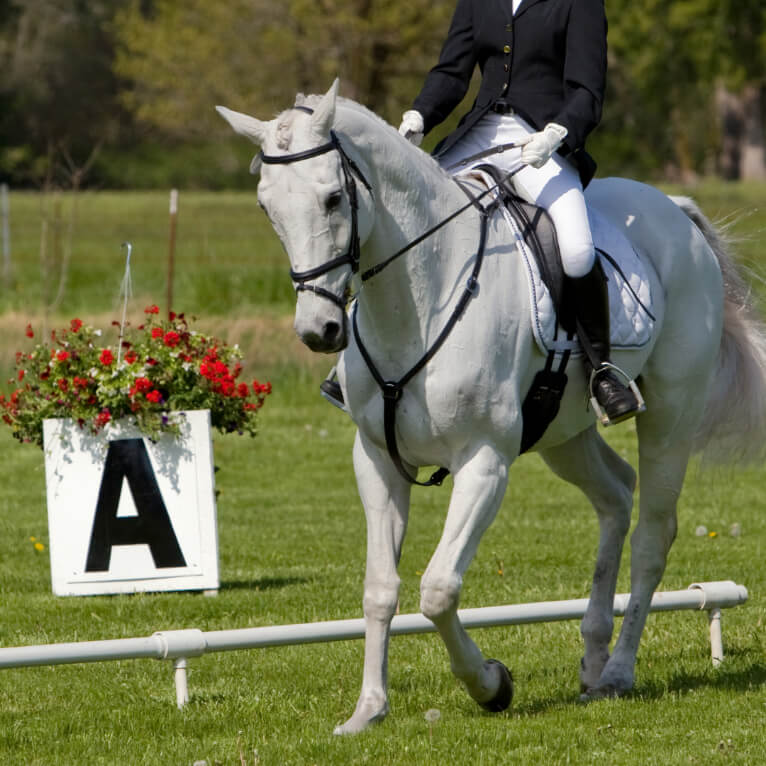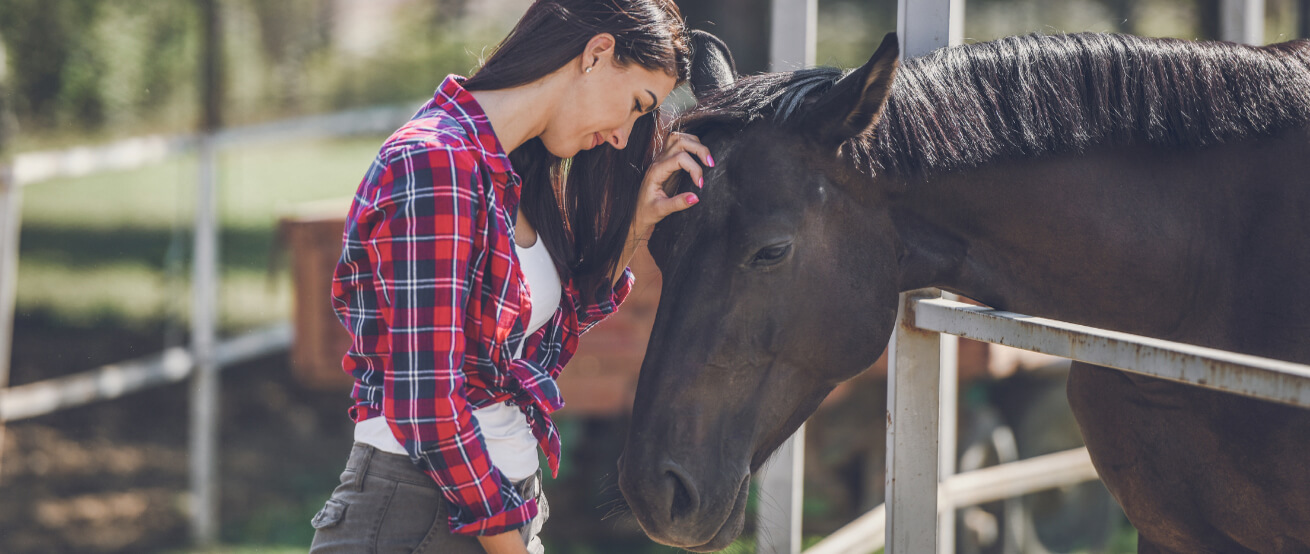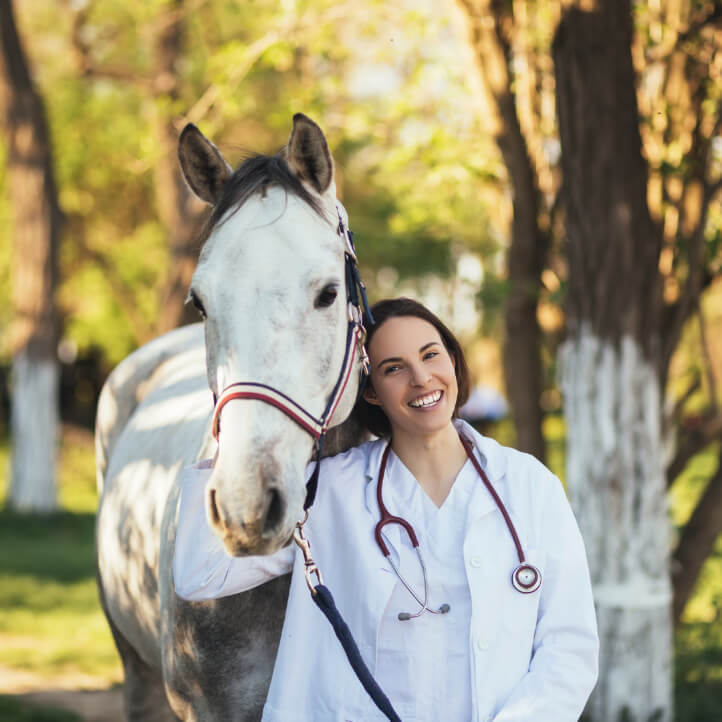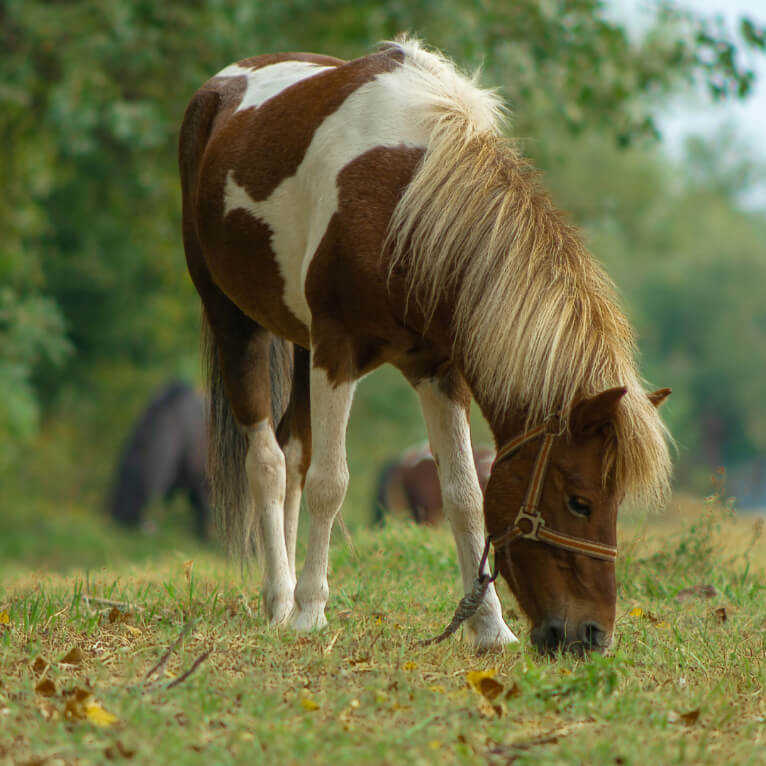Recognising the signs of digestive pain in horses
Every horse will have a different set of “tells,” and some horses will become experts at hiding this pain from us. The good news is that any change in a horse is a clue. You and your vet can then piece together the indications for a proper diagnosis of ulcers.
Look for changes in your horse’s mindset, how he performs his job, any yard behaviours you see, and how his body looks. If you notice anything new or unusual, don’t jump to conclusions. Gather some “big-picture” information and proceed from there. Ulcers are notorious for mimicking other situations, and more observations can help discern what’s going on.
Changes in Attitude
Digestive pain due to gastric ulcers can make a horse generally cranky. Discomfort from eating and being saddled expresses as sour behaviour. Your horse’s body language has a lot to say and a lot for you to interpret.
Because gastric ulcers occur in and around the stomach, any grooming or tacking near the girth area can trigger a reaction. Many ulcer-prone horses will flinch, pin their ears, swish their tails, or shift around when brushed near the girth area. Tightening the girth may provoke similar behaviors.
Other body language indicators include nipping, stomping, and moving away from touch. When a horse communicates with us about discomfort, it’s important to note if the behavior is new, learned, or habitual.
Changes in Performance
When talking about a horse’s performance and how they feel, observe them both in hand and under saddle. Performance issues can be seen and felt, so use all your senses.
While on the lunge, in-hand, or under saddle, a horse with ulcers may prefer to remain behind you. A reluctance to move forward, make transitions, or kicking out also signals some performance issues. Also, notice how well your horse recovers after training, both mentally and physically.
Yard Behaviors
Horses are creatures of habit! Their patterns and mannerisms speak volumes.
When digestive pain is present, many horses may find ways to self-soothe. You may notice your horse eating less, as the act of swallowing can be painful. Or your horse may drink more to appease the digestive tract.
Some horses develop vices to distract themselves from digestive pain and discomfort. Vices might look like cribbing, wood chewing, or weaving.
Appearance
When ulcers take hold, your horse’s outward appearance may change. Often, you will see weight loss. A dry and dull hair coat usually follows. Horses may also lose their spice and that happy sparkle in their eyes.
Monitoring your horse’s weight over time can alert you to subtle changes. A weight tape is not as accurate as a scale, but it will show you weight trends when used in the same manner.
Confirmation via Diagnostics
Most of these signs, which are vague at best, also indicate many other potential causes. Changes in response to grooming and tacking may be a skin problem or muscle soreness. Under saddle, the same signs indicate poor saddle fit, over-training, or a slight lameness. Vices speak to boredom and anxiety. Changes to your horse’s weight and coat condition also reflect parasite load and nutrition.
Partnership with your veterinarian is the best way to help determine the root cause of any changes that you see. Definitive diagnosis of foregut ulcers is accomplished with endoscopy, so your vet can see what is happening in the stomach and esophagus. Ulcers are usually preventable with lifestyle management and proper diet and supplements. A diagnosis of gastric ulcers is usually treated with medications, diet and dietary supplements, and more turnout and natural horse behaviours.
If you would like to find out more on how you can support your horse’s digestion, please book a call with the relyneGI support team HERE.
